In oil drilling operations, drill pipes and drill collars are crucial components. Drill pipes are mainly used to transmit torque and drilling pressure, and to transport drilling fluid. Oil drill pipes are key components of drilling machinery, and are mainly used to transmit torque and drilling pressure, transport drilling fluid, replace drill bits, and handle accidents. However, drill pipes are also one of the most easily damaged components. This article analyzes the main causes of drill pipe damage and proposes a series of effective use and maintenance methods to extend the service life of drill pipes and prevent drill pipe accidents.
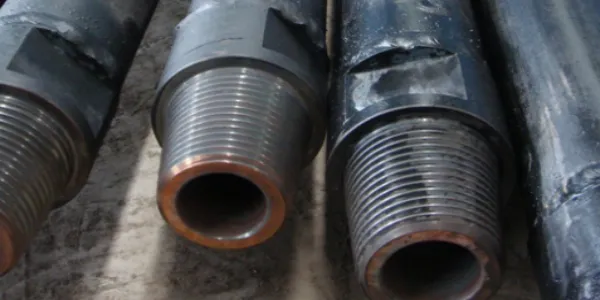
Stresses and working conditions of drill pipes
During the drilling process, the drill pipe string, as an elastic system, is subjected to constantly changing loads. These loads are unevenly distributed in different parts of the drill pipe string, and the friction between the drill pipe string and the hole wall further complicates the stress situation. During the drilling process, the drill pipe string is subjected to the combined effects of tensile stress, compressive stress, torsional stress and bending stress, and produces longitudinal and lateral vibrations under the conditions of bending and twisting deformation. This vibration has a load effect not only on the drill pipe string itself, but also on the ground equipment, increasing the risk of damage to the drill pipe.
Analysis of the causes of drill pipe damage
According to statistical data, drill pipe damage is mainly concentrated in the aspects of sticking, pipe bending, shoulder surface grooves, thread wear and corrosion erosion. The specific analysis is as follows:
Joint damage: During the processing of the drill pipe joint thread, the tightness, finish and surface hardness of the drill pipe joint thread are not up to standard, which easily leads to thread sticking. In addition, the quality of the thread grease is unqualified and cannot form an effective protective film, and the thread is easy to wear or stick under twisting. Inadequate cleaning and application will also cause joint shoulder abrasions and thread wear, shortening the service life. Misalignment of the internal and external threads during screwing, or insufficient or excessive tightening torque of the thread will accelerate thread damage.
Well wall friction: When the drill pipe rotates and trips, it rubs against the well wall or casing, causing wear or eccentric wear of the joint outer diameter.
Corrosion and erosion: The corrosion of drilling fluid and the erosion of the inside of the pipe body by high-pressure and high-speed fluids lead to a reduction in the wall thickness of the drill pipe or puncture. When the new drill pipe is stored for a long time, it absorbs corrosive gases such as CO2, causing electrochemical corrosion pitting inside and outside the pipe body.
Drill pipe maintenance and use strategy
In order to effectively extend the service life of drill pipe, a series of scientific measures must be taken in use and maintenance:
Protect threads and joints: During on-site use, it is necessary to ensure that the threads and shoulder surfaces are clean and evenly apply high-quality drill pipe thread grease. When screwing, the operation should be smooth to avoid pressing, snapping or colliding with the inner thread shoulder surface of the drill pipe. After fully screwing, it should be tightened according to the torque value specified in the standard. In addition, the use of welded wear-resistant belt technology can significantly improve the wear resistance of the coupling, reduce the eccentric wear of the joint, reduce the wear on the casing, and extend the life of the joint.
Protect the pipe body: Carefully check the drill pipe before use. Damaged, bent or severely worn drill pipes must not be used. Avoid hitting with heavy hammers during use. The well site stand should be padded with wooden boards to protect the threads, and the stand support and intermediate support should be reasonably set to prevent the stand from bending. When transporting the drill pipe, thread oil should be applied to the threads and thread guards should be put on. Avoid throwing at will during loading and unloading to prevent damage to the drill pipe.
Establish a reasonable flaw detection cycle: Timely flaw detection can effectively prevent drill pipe puncture and fracture accidents. Regularly perform nondestructive testing on drilling tools, especially on-site testing of drilling tools in use, to prevent fracture and puncture accidents caused by corrosion and excessive deformation.
Optimize drilling parameters and operations: Ensure the stability of the drill bit at the bottom of the well, evenly feed the drill, avoid drilling sensation and drilling jump, and reduce alternating stress. Control the drilling speed to reduce the swing amplitude of the drill string in the wellbore. In the process of drilling and connecting a single root, strictly control the make-up torque to avoid wrong threading or making up without thread oil to protect the threaded part of the drill tool.
Reasonable use of drill pipe: Use drill pipes in turn to avoid fixed use of the same drill pipe for guidance and back expansion to prevent excessive wear. Maintain a reasonable drilling angle and minimize angle operation to prevent unnecessary wear caused by lateral force.
Through the implementation of the above strategies, the service life of oil drill pipes can be significantly extended, drilling efficiency can be improved, and complex accidents and economic losses caused by drilling tool failure can be reduced. These measures need to be continuously optimized and improved in actual operations to meet the needs of different geological conditions and drilling processes.






 English
English Español
Español بالعربية
بالعربية
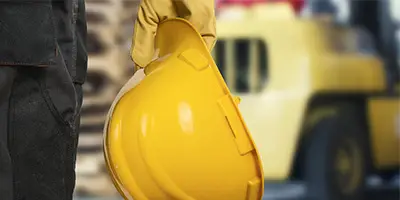
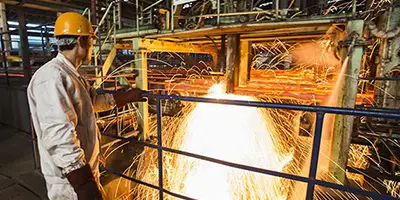
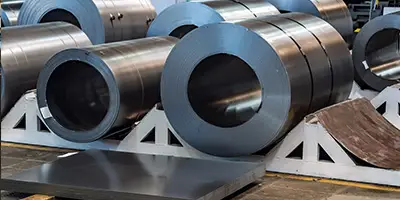

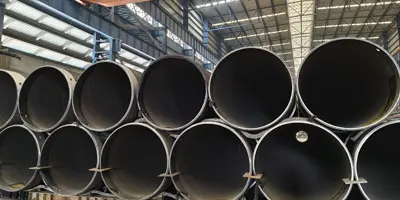
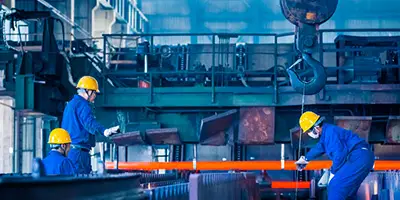
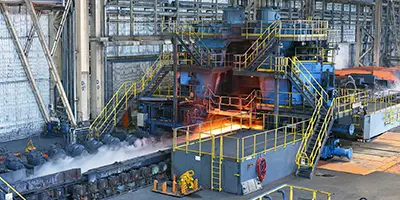




 Phone :
Phone :  Whatsapp :
Whatsapp :  Email :
Email : 


